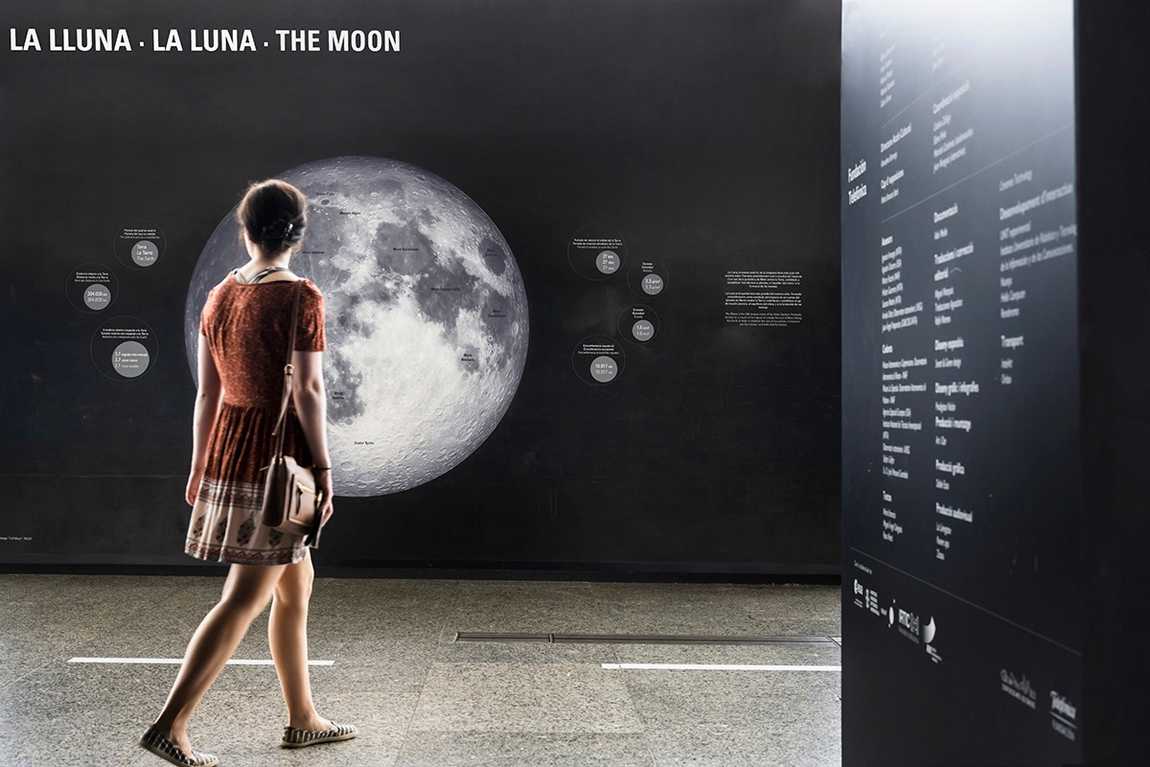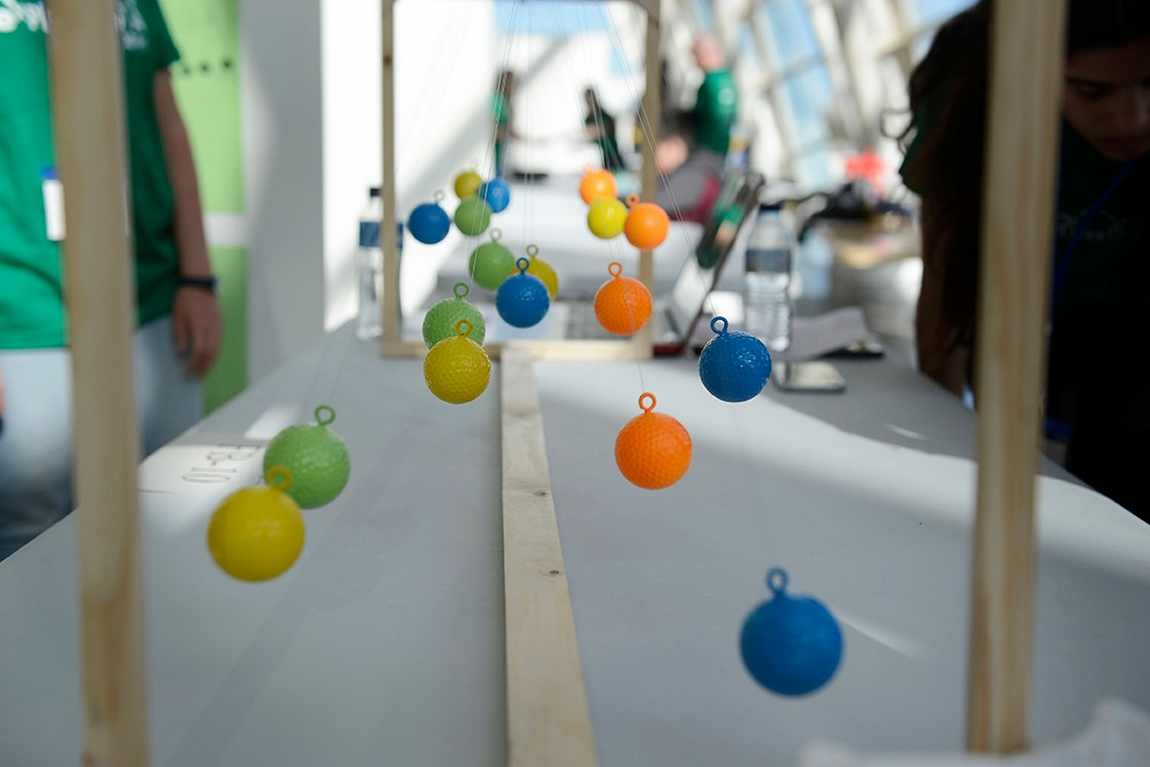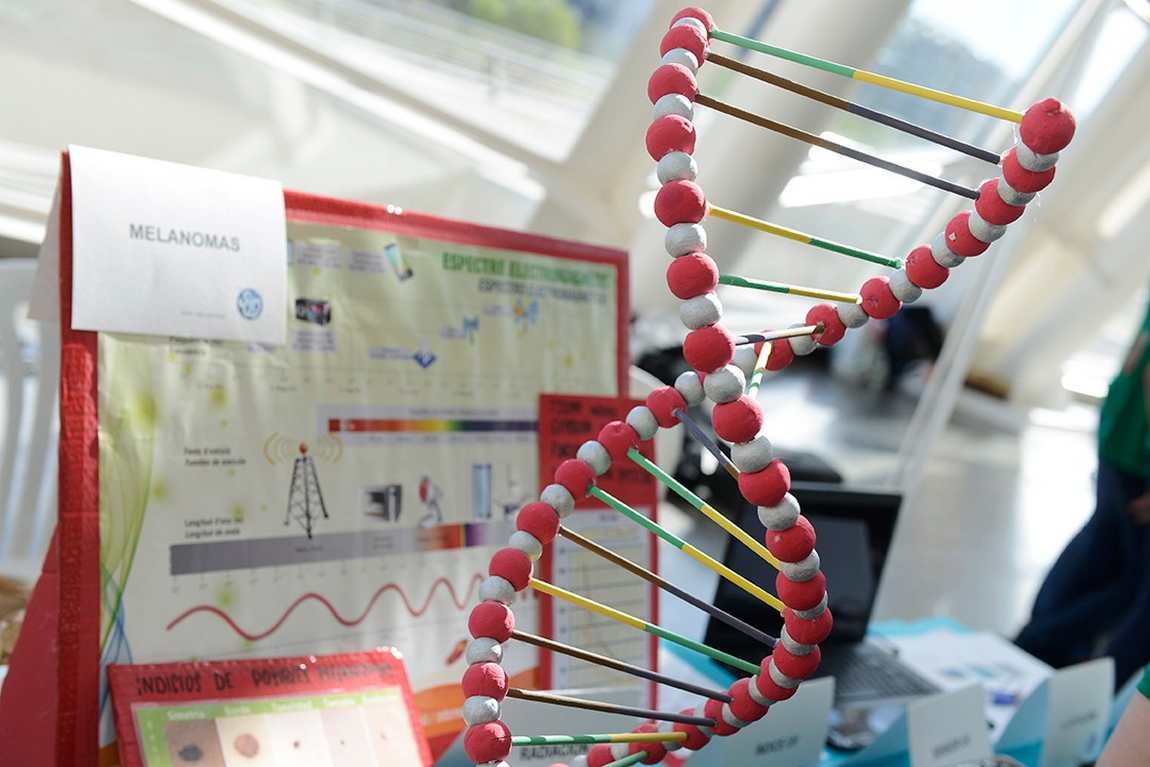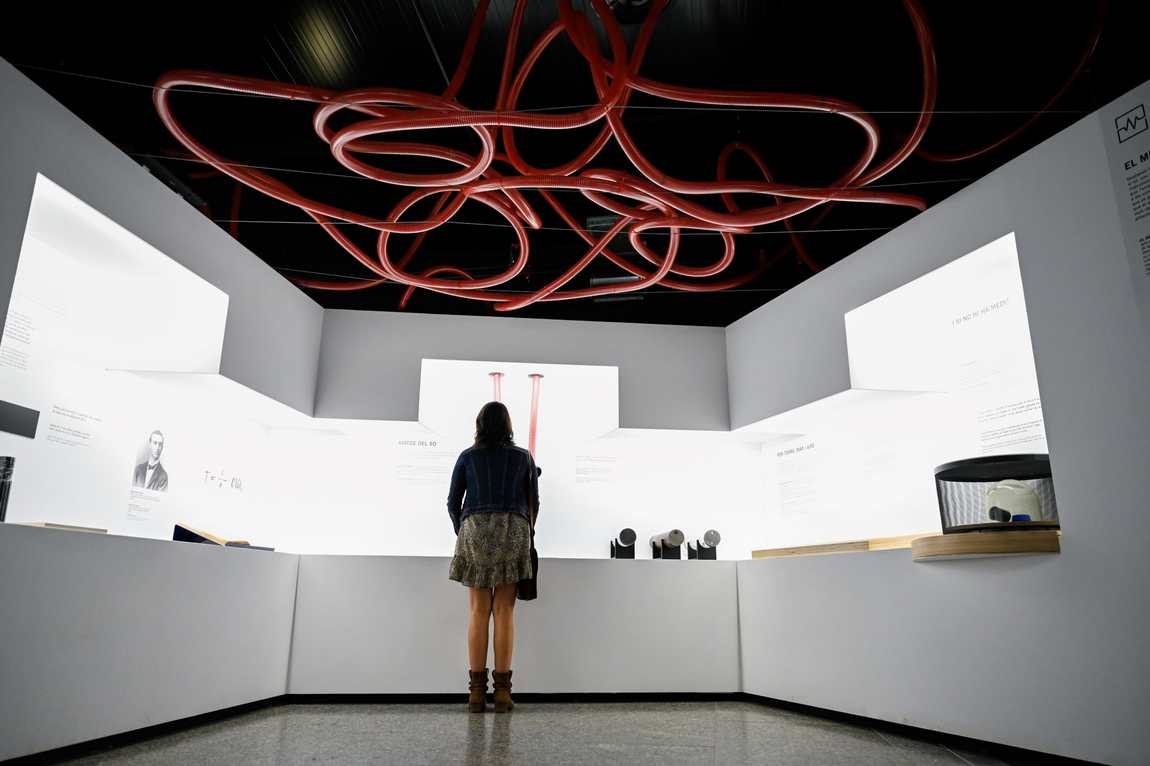Would you call plastic buckets, wooden cubes or paper ships museum treasures? Take your time answering: perhaps a visit to the Science Museum of Valencia will change your idea of what items are worthy of the attention of sightseers and scientists. In the future, we can tell you that children use these items to make scientific discoveries. So, onward to discovery!
Is the science museum in Valencia worth it? For starters, some technical information. Architect Santiago Calatrava built the Prince Philip Science Museum as part of the construction of the futuristic City of Arts and Sciences in Valencia. It's the most impressive building in the complex, boasting three floors and 42,000 sq. m. of space, with 26,000 sq. m. dedicated to exhibitions.

Among its exhibits is a 15-metre-high model of DNA, a 34-metre-high Foucault pendulum, a flying machine based on Leonardo da Vinci's drawings and many interactive models that allow you to wind a clock with orange juice or, for example, fry an egg using liquid nitrogen. Tell the kids that the museum's motto is "It is forbidden not to touch, not to feel, not to think", and they'll be eager to try each model.
Children and adults alike have the opportunity to experiment in the museum halls. Pre-schoolers can conduct experiments on the playground: learn how houses are built, how loads are lifted to great heights, how airlocks work, how chickens hatch and how cavity operations are performed...

But it cannot be said that other exhibits are made specifically for adults — it's just that adults at the sight of them are surprised no less than children. Even the most sceptical parent will try to move an object with "the power of thought" or summon lightning, and he will succeed! By the way, scepticism as a kind of critical thinking is encouraged in the museum: check everything that can be checked, press all the buttons and see what happens.

Museum exhibits illustrate various phenomena in physics, chemistry, biology, and geography. Thanks to them, you can see the sound, feel the colour or walk through the forest ... chromosomes. Note that the explanatory information is given in Spanish and English, so it does not hurt for students to remember what they read in textbooks.

Another major exhibition at the Prince Philip Museum is devoted to the history of technology. Here, Da Vinci's flying machine and hot-air balloons coexist with models of modern satellites and orbital stations. How does Earth look like from a hot-air balloon basket, an aeroplane or a spaceship? All this can be seen at the museum exhibition.
Although children rarely dream of becoming astronauts, none of them will refuse a visit to the Space Academy. It is located on the museum's third floor, although when you enter, it may feel like you are "in a galaxy far, far away". Clever tricks give the feeling of endless expanses of space — you can almost escape the force of gravity!
The exhibition 'Zero Gravity' is dedicated to space exploration. Here you can see models of spacecraft and photographs of stars and planets taken with the Hubble telescope, among other things. Exhibitions are also held in the museum. Recent ones include a re-enactment of the sinking of the Titanic and an introduction to Marvel's comic book characters.
However, educational excursions in Valencia are not limited to this museum. We also recommend a visit with children to the Valencia Oceanarium, the largest aquarium in Europe.











